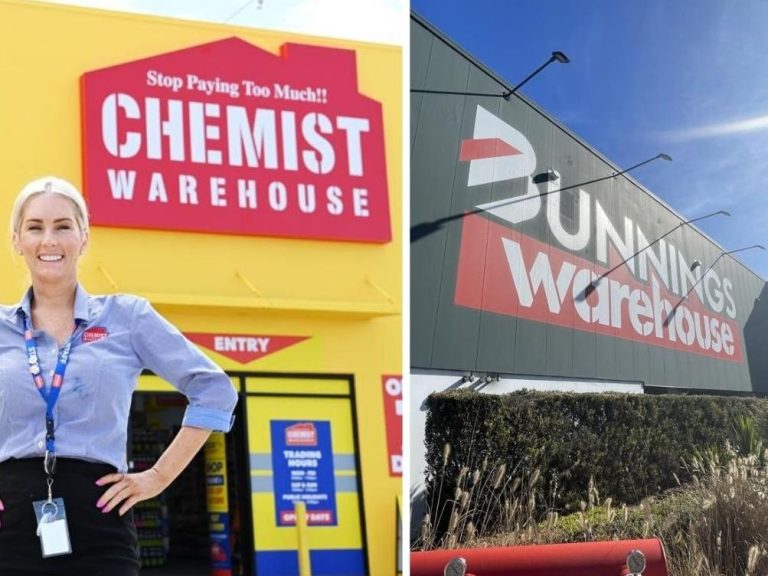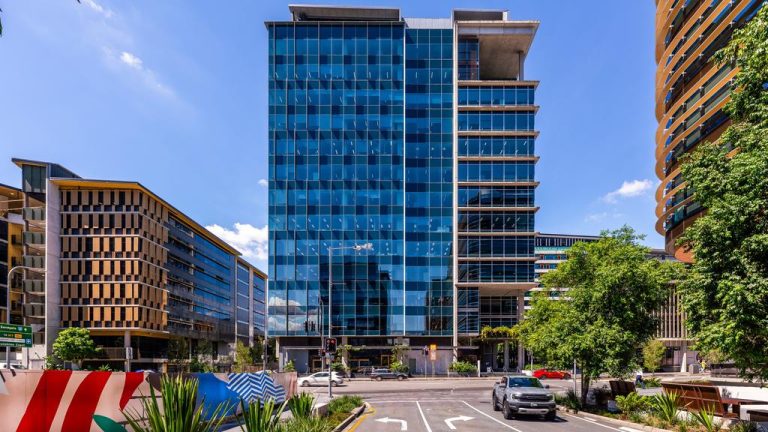Why young people want their homes – and hangouts – to look like the past
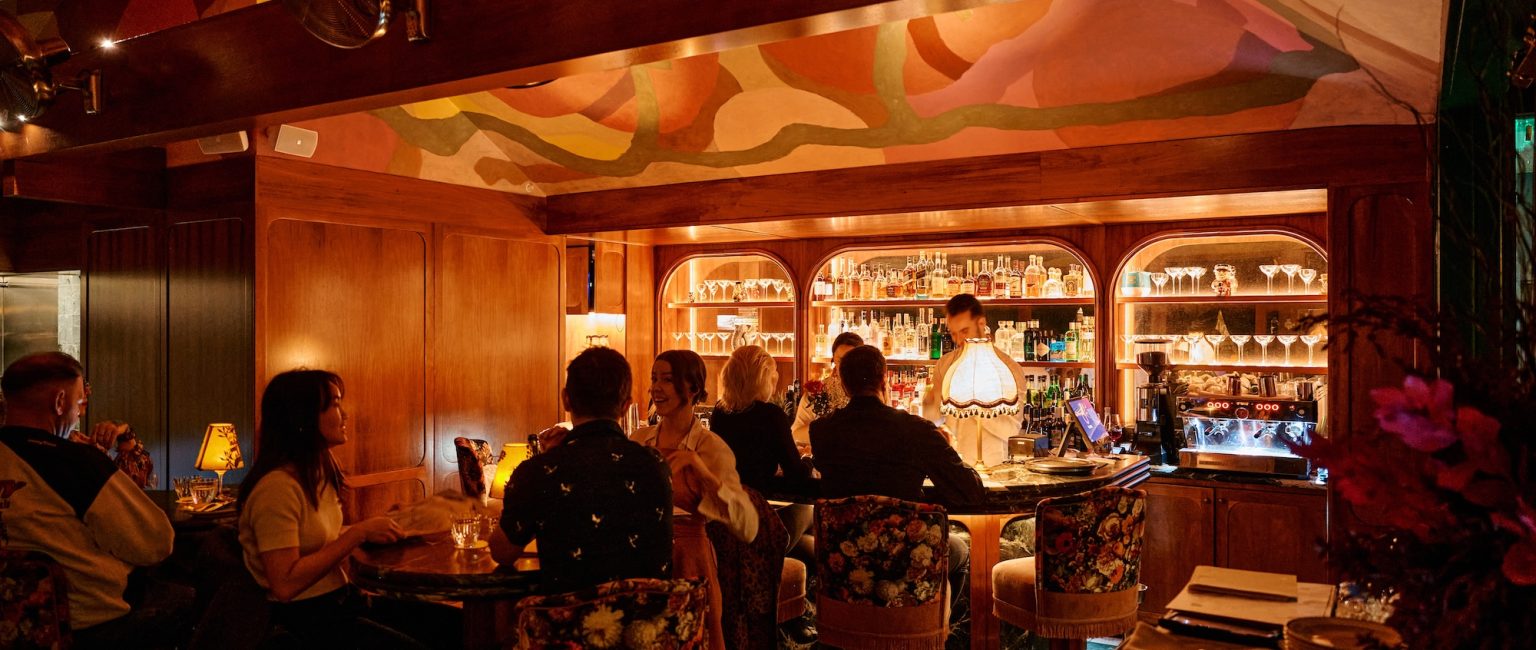
The 70s are back; and there’s a reason for it – all thanks to a newish buzzword ‘anemoia’ coined by The Dictionary of Obscure Sorrows back in 2012.
It’s the yearning of an era you didn’t live through – and younger generations like millennials and older Gen Z’s are craving a ‘70s perspective when it comes to bar culture and the kind of home decor they’re buying.
From retro inspired cocktail bars to furnishings that lean into a ‘70s aesthetic, anemoia is a nod to those pining an era they didn’t grow up in and they’re doing all they can to keep it in the present moment.
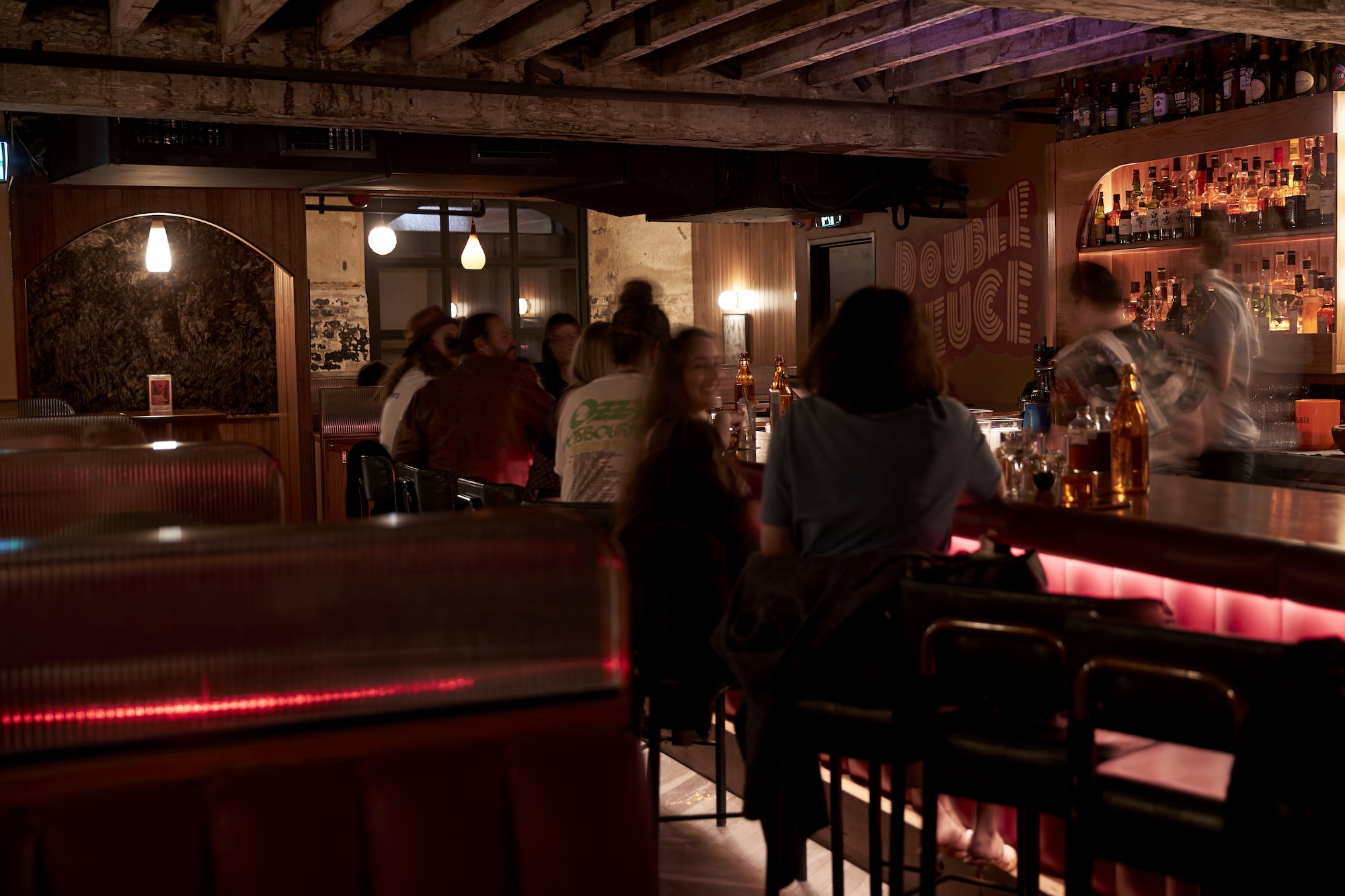
Double Deuce in Sydney leans into nostalgia for the ’70s. Picture: Supplied
Double Deuce, a dimly lit cocktail bar in Sydney is where all that matters is on rewind. The owners lean into an aesthetic of yesteryear for a ‘70s romancing; where even the cocktails riff on the past and turntables spin vinyl.
There are timber trims throughout, and by equal measure, an abundance of velvet and sunken communal seating for a ‘70s mood. It’s tactile and purposefully retro – and for those in the digital era of swiping for friendship and pleasure, this setting brings about a tactile experience that’s all about connection.
In Melbourne, Studio Amaro also riffs on the ‘70s; located at the Windsor end of Chapel Street – they take their cues from a slick ‘70s Milan-inspired mood board. This is Euro chic; where dark brown interior is king as is dimly lit corners with ‘70s Italo-disco permeating in the background. There’s a sense of let your hair down and dance like nobody is watching, and it’s all thanks to the rise of anemoia.
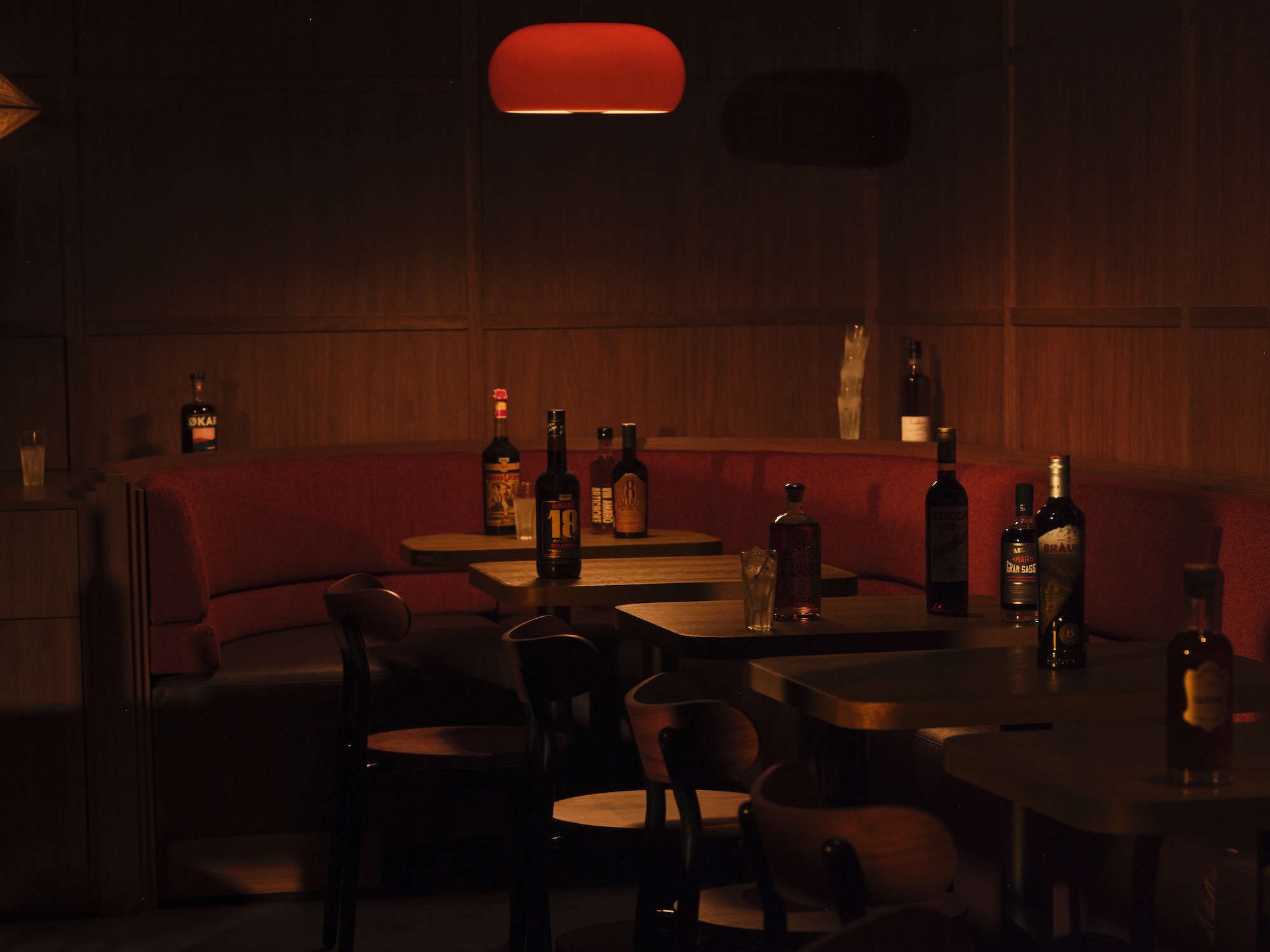
Studio Amaro in Melbourne. Picture: Supplied
A new lunch to cocktail city spot Pepe’s Parlour in Melbourne chimes a new way of doing business – with a chic decor that nods to the nostalgia of New York in the 1930s and ‘40s. The golden age aesthetic is felt through burgundy banquette seating and a zinc toned bar – all designed to conjure a moment we didn’t live through when drinking and dining there.
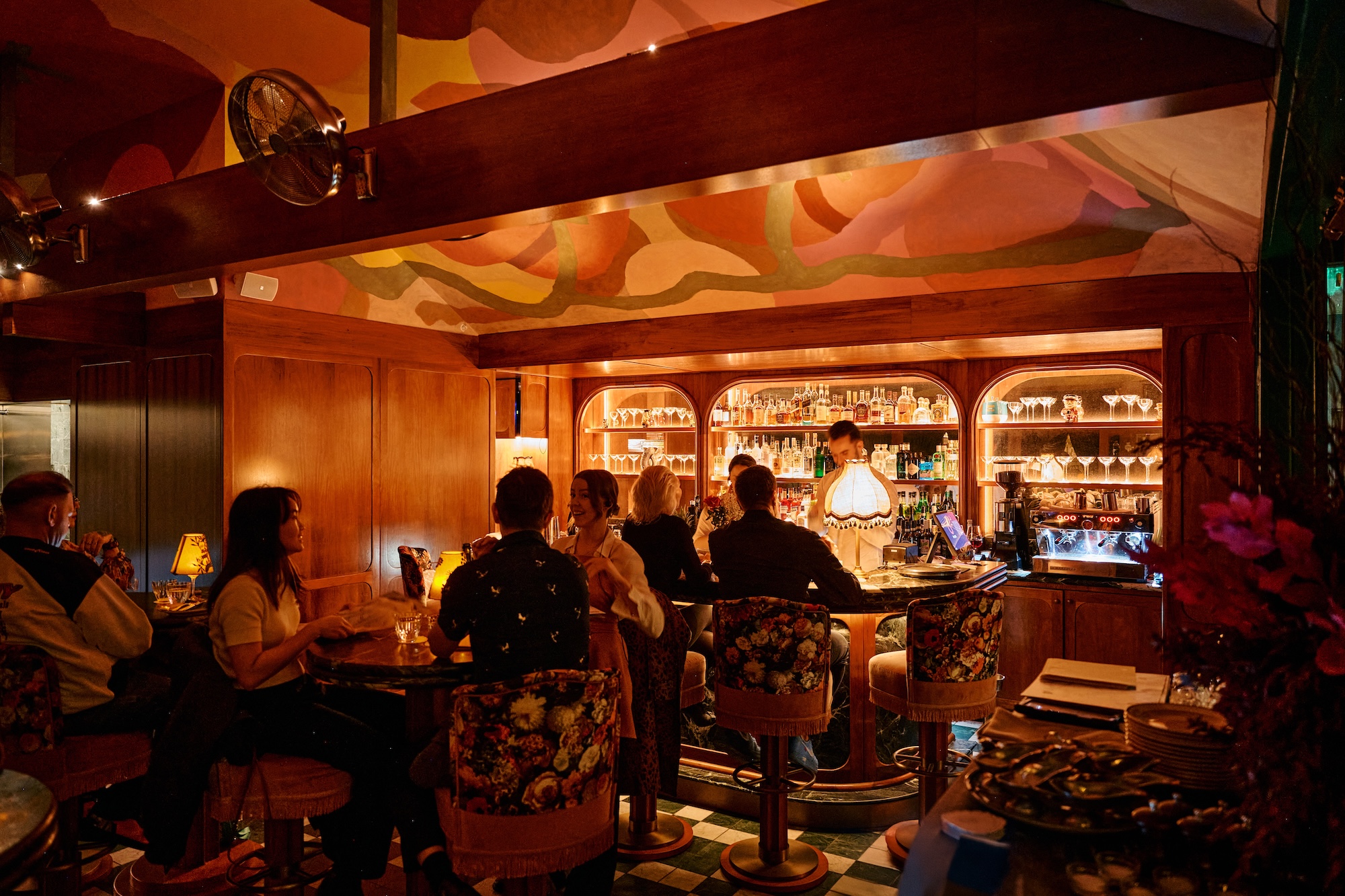
Pepe’s Parlour allows customers to live through the Golden Age. Picture: Supplied
Director of insights and trends at Temple & Webster Lucy Sutherland says anemoia is a sign that millennials and Gen Z want connections to the past; to reminisce a time they perceive as happier than right now.
“Anemoia is a clever word because it’s talking about longing for an era you haven’t lived in and we’re seeing this in the habits of those who are buying homes and furniture,” Ms Sutherland told realcommercial.com.au.
“Chocolate brown and amber sends shivers down the spine of those of us who lived through the 1970’s, but those who are buying homes and furniture now look back at those grainy photos and the cool fashion and the music festivals of the 70s and see it as a happy cool place that they want to feel again,” she said.
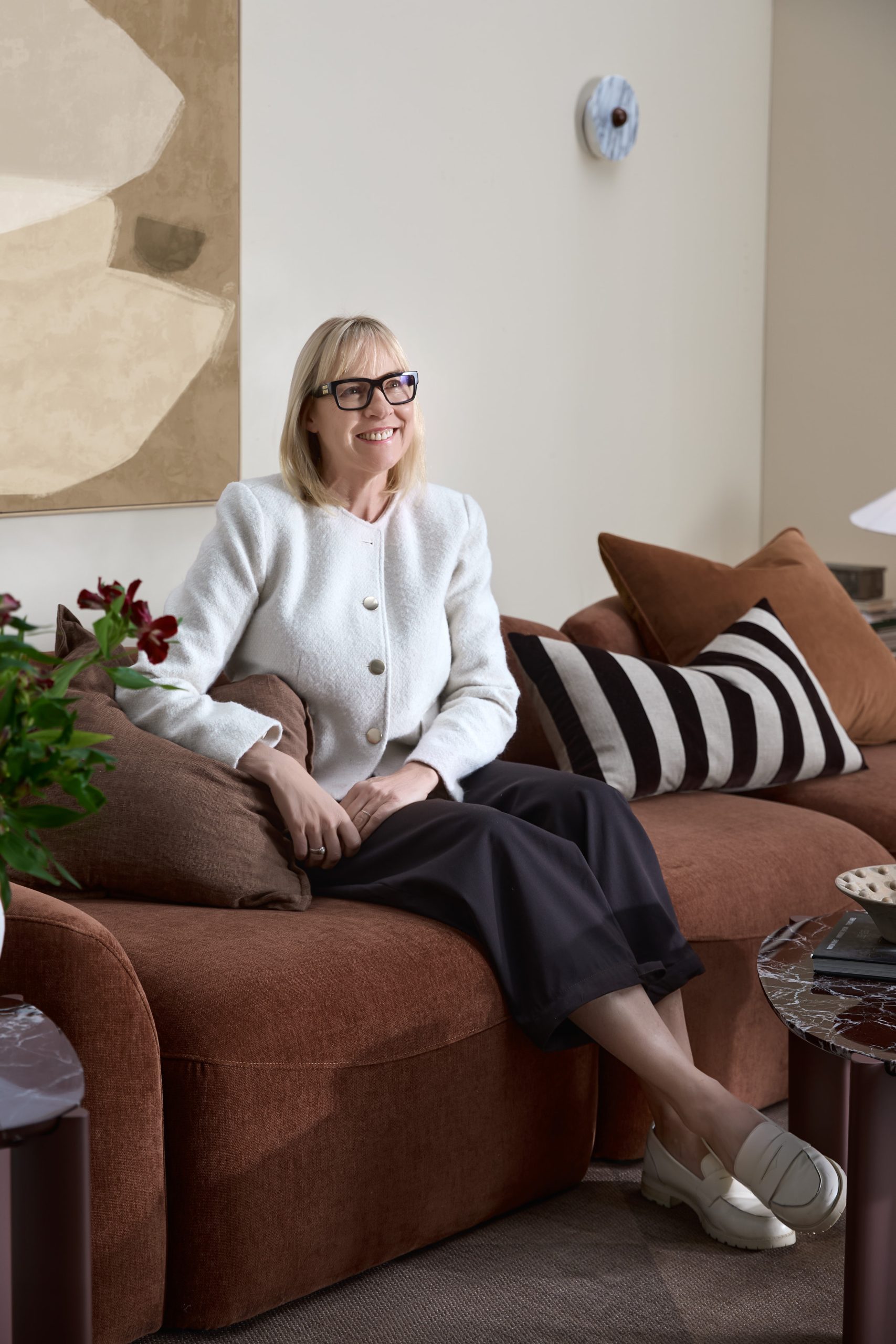
Lucy Sutherland, director of insights and trends at Temple & Webster. Picture: Supplied
In a company first, the Spaces Reimagined: Temple & Webster Trend Report is a style guide of what’s coming back in fashion – and it leans heavily into the anemoia phenomenon.
The Past Forward trend reimagines the 1970s and 80s aesthetics through a contemporary point of view. The Temple & Webster report indicates that merlot-coloured furniture sales have increased by 32%, while searches for walnut timber pieces have risen 95%, with “walnut coffee table” searches up 115% in 2024.
“We know what people are buying and searching for and have transformed that into trend reports,” explained Ms Sutherland.
“That data gives us insight into what products to design. Our approach to trends isn’t only about colours or products, it’s about movements, society and dynamics – what’s happening in our lives overall from culture to personal. It’s about what we want and how we feel and how that reflects in the products we have around us,” she said.
From Milan’s iconic Salone del Mobile to Maison&Objet in Paris, Sutherland visits various design fairs globally each year to see what other markets are tapping into.
“I was at High Point Market in the USA in March and saw lots of fringing and tasselling everywhere. It reminded me of chairs my parents and grandparents had – a strong 70-s theme that was very inspiring and what we’ll see more of,” she said.
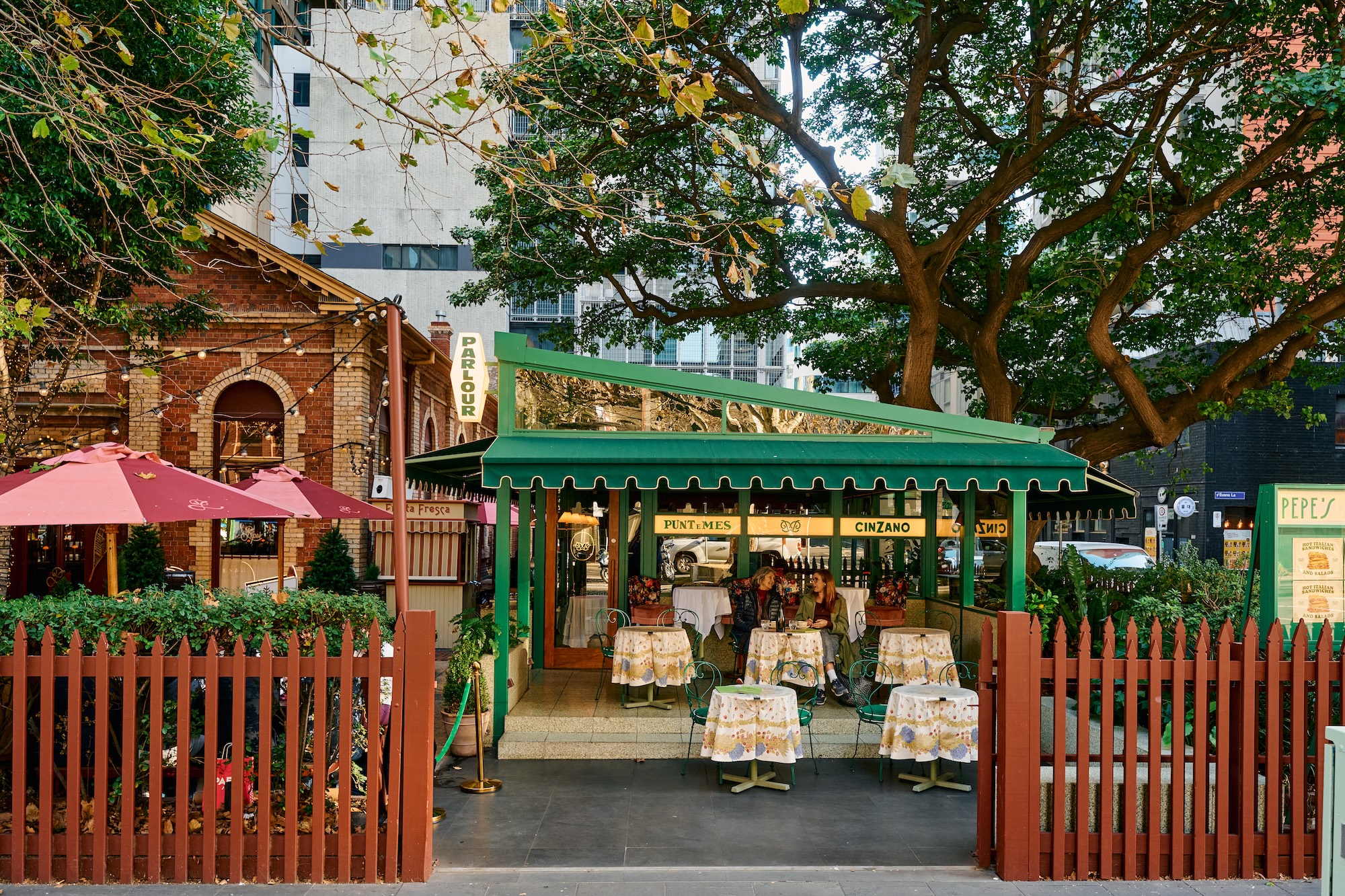
Pepe’s Parlour nods to the nostalgia of New York in the 1930s and ‘40s. Picture: Supplied
The ‘70s bar aesthetic might lure millennials and Gen Z to bar stools, but Ms Sutherland says we’re seeing them adopt the trend in ways to decorate their homes.
“One of the interesting trends we are observing is towards conversation pits and sunken lounges, and that lays directly into the bar culture of connection and conversation,” Ms Sutherland said.
“I saw a lot of this in Milan and Paris. There is a big focus on huge seating areas where you can turn and talk to everyone and squash down and have good conversations. It’s about connection and that desire for it; and that’s why we’re seeing a nostalgia for the past once again,” she said.
“It’s that feeling of the times that were happy and interesting and different to how we live now. We don’t just take products and shapes from that era and re-create them for the sake of bringing them back, we are putting a modern twist on them.”
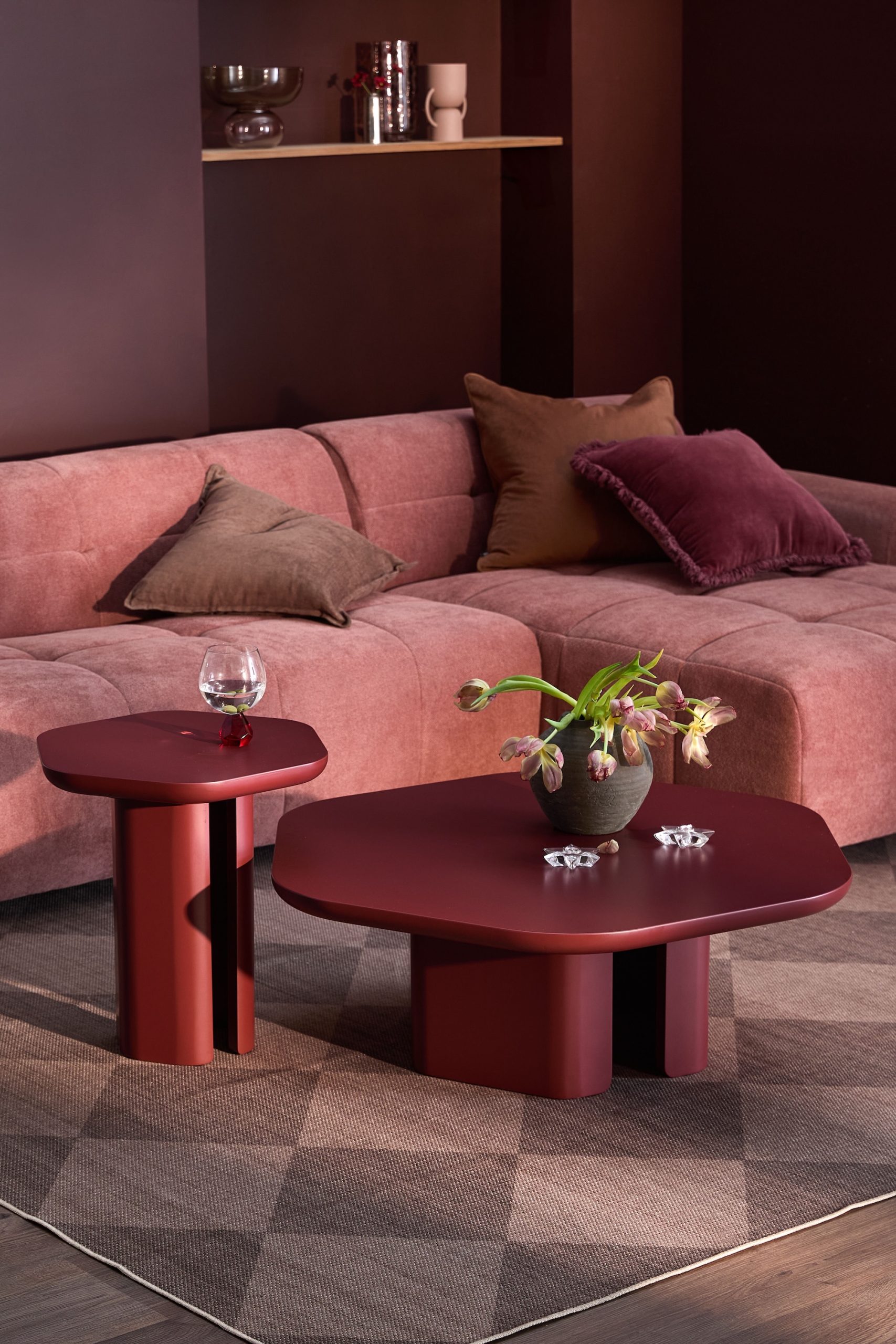
The romance of nostalgia is influencing home design trends, with modern-retro pieces in high demand. Picture: Supplied, Temple & Webster
It’s time to embrace all the shades of red from merlot to claret.
“Those luscious deep reds are strong in the home and they’re coming through in velvet and glossy finishes – side tables and highly lacquered is everywhere right now.”

